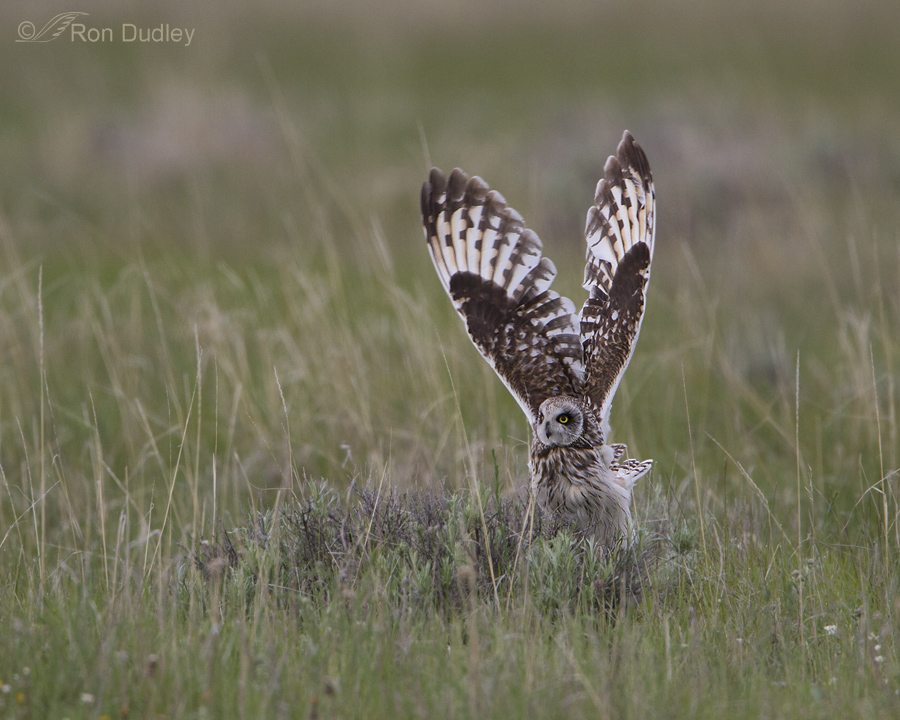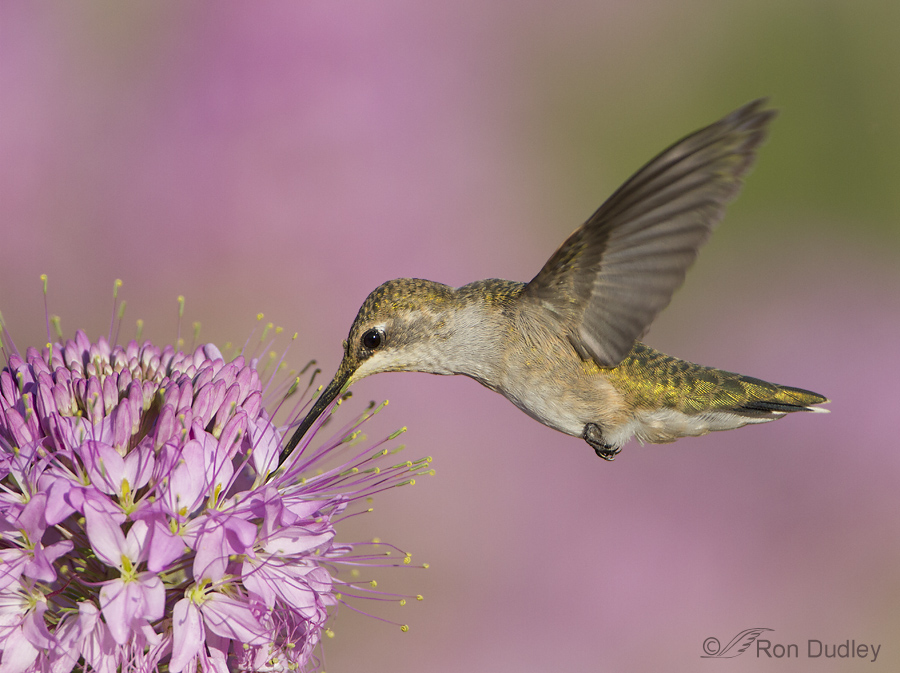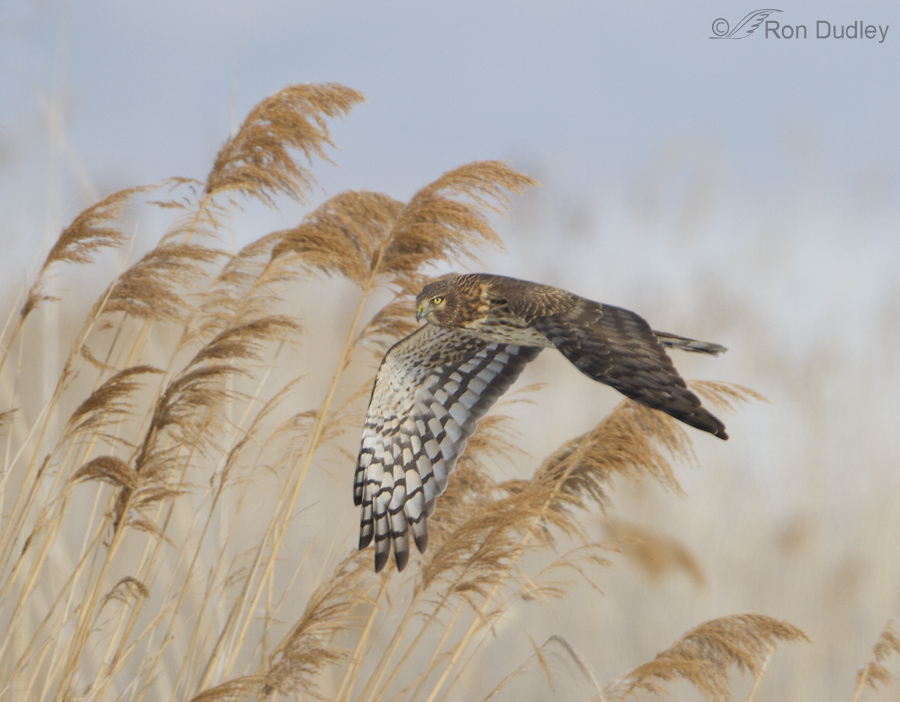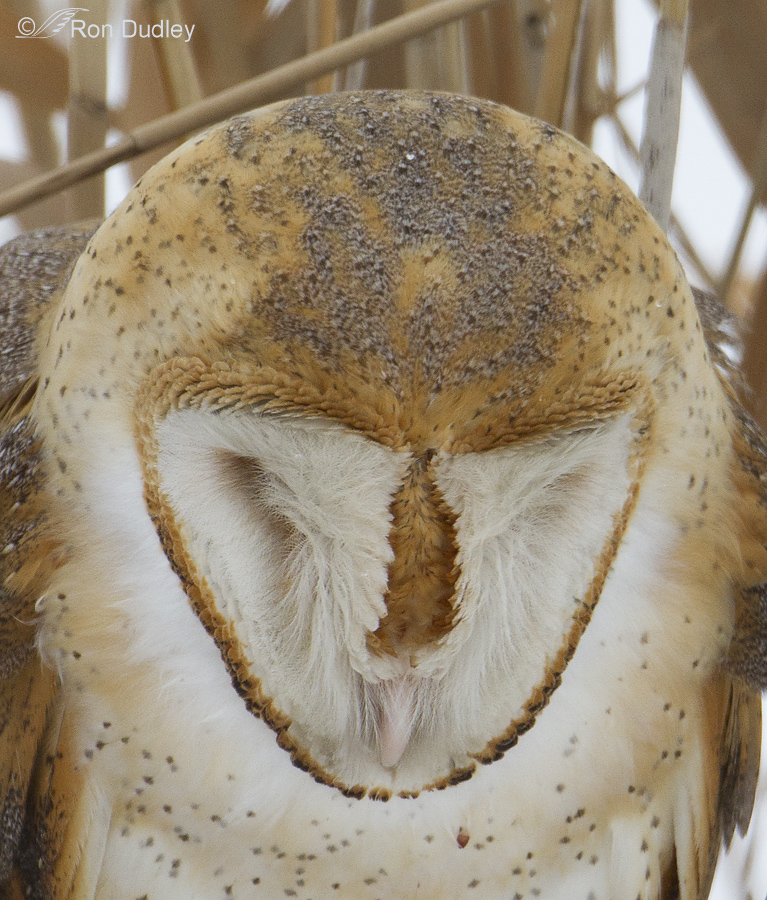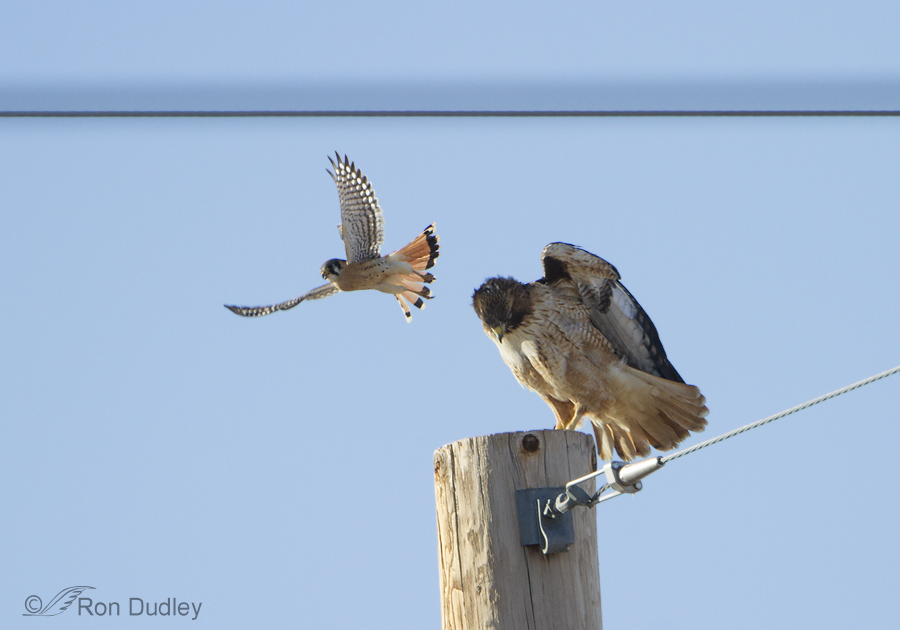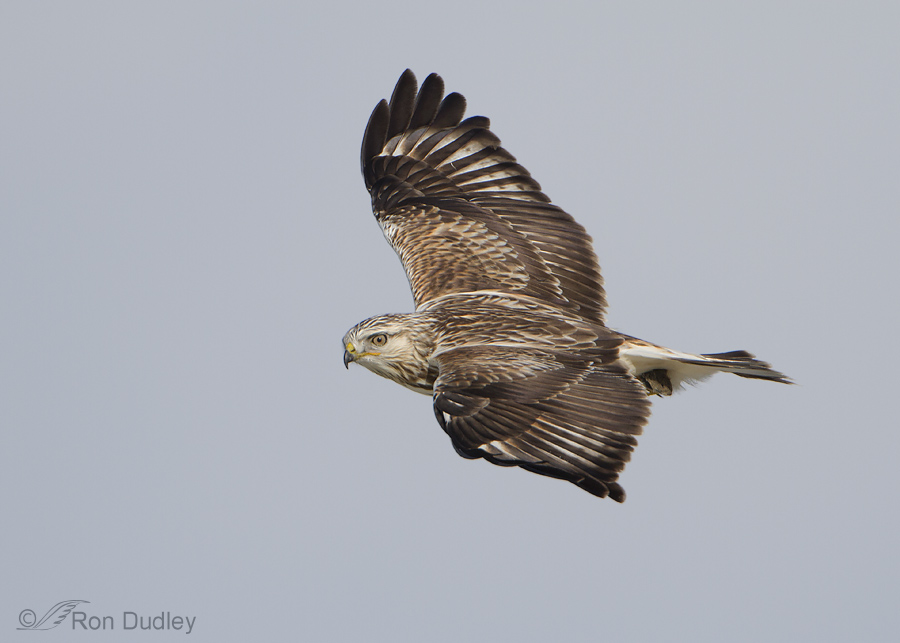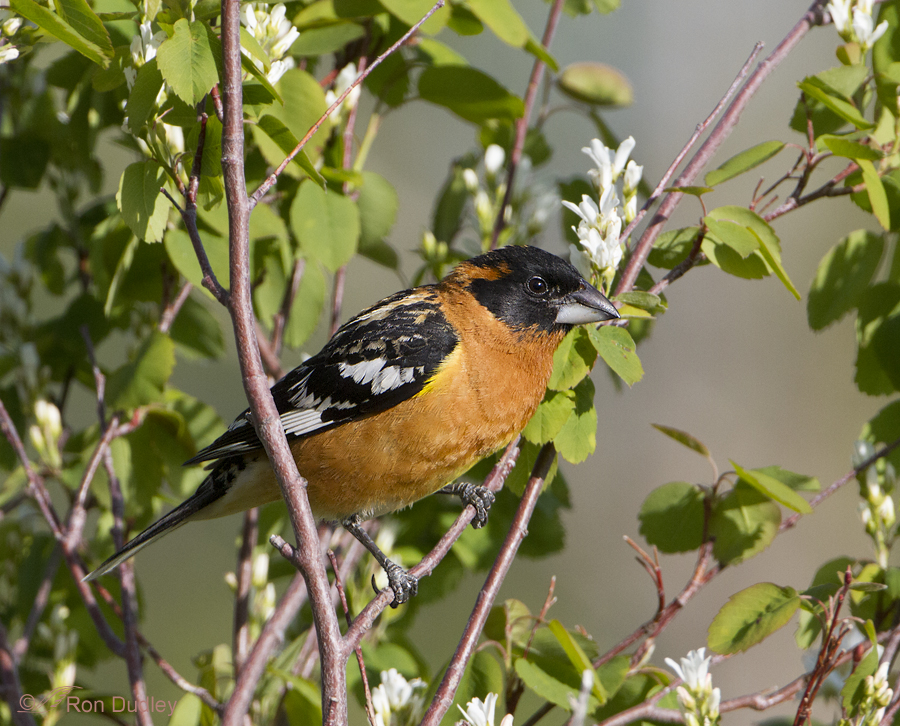Tag: canon 7d
Hummingbird Respite
Flight Shots, Habitat And Depth Of Field
Barn Owl Facial Disc Manipulation And The Colors Beneath It
Red-tailed Hawk Sucker-punched By A Kestrel
Rough-legged Hawk – Topside View, With Prey
Juvenile Loggerhead Shrike Take-off
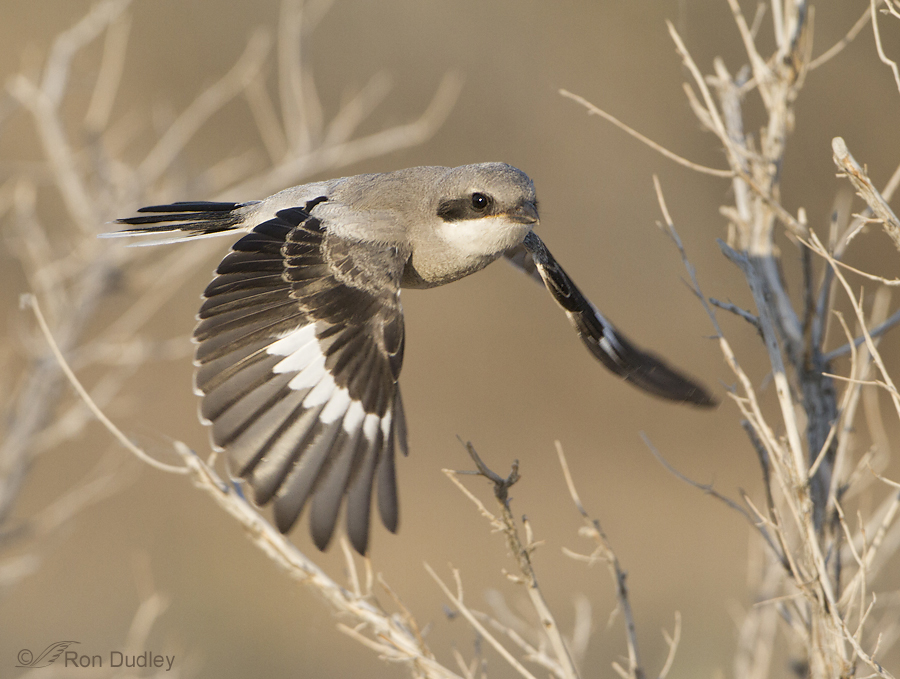
Many of the young Loggerhead Shrikes on Antelope Island have now fledged and are learning the ropes. They’re ornery, fun, fierce and fearless. Twice I’ve had one almost fly into my open pickup window, another one very nearly landed on my lens hood sticking out a window and yet another landed on the pickup itself.
A Black-headed Grosbeak, The Canon 7D And A Rookie Mistake
Red-tailed Hawk – A Twisting Take-off After Prey
The sturdy, broad-winged buteos tend to be large raptors with correspondingly slower movements than most smaller birds. Most of the time when I’m watching them they’re hunting from an elevated perch or soaring overhead and in neither situation do they typically demonstrate much quickness or agility.
But they can put on quite the show when they need to.
Flaming Gorge Osprey – An Experiment That Worked
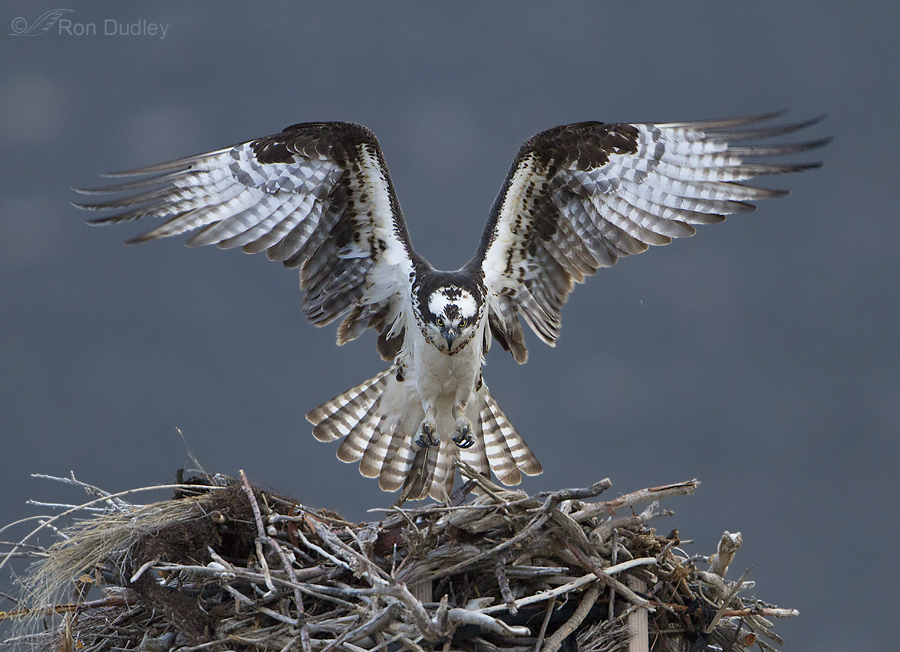
We returned home Thursday after spending three wonderful days camping at Flaming Gorge in NE Utah. This is very close to the view we had on most mornings from our campsites (two of them), though this image was taken the morning before the Osprey photo, below. As you’ll see, the lighting conditions were dramatically different…
Cliff Swallows In Flight
Cliff Swallows are one of North America’s most social land birds. Their nesting colonies sometimes consist of up to 7,000 individuals. Originally they were birds of the western mountains where they nested under horizontal rock ledges in canyons and foothills but in the last 150 years their range has expanded to include most of the continent due to the construction of buildings, bridges and highway culverts that provide alternative nesting sites. But holy moly, are they ever difficult to photograph in flight! I suspect that most serious bird photographers have attempted swallow (any species) flight shots and I’m no exception. But their small size combined with their swift, erratic flight has always stymied me. Until last May I didn’t have a single legitimate “keeper” of any swallow species in flight but that spring I was finally able to get some shots I like but it took some significant alteration of my past strategies. 1/3200, f/7.1, ISO 800, 500 f/4, natural light One of my problems in the past was that the bird was nearly always shaded underneath. So finally it struck me (duh!) that I needed to be shooting them when the sun was very low – for me that meant early in the morning. 1/2500, f/6.3, ISO 800, 500 f/4, natural light But shooting flight shots just as the sun comes up provides another problem – sufficient shutter speed. At that time of day the light intensity is relatively low so I needed to be shooting at the effective noise limit of my Canon 7D – ISO 800….
Short-eared Owl Taking Off In Low Light
This male Short-eared Owl was taking off from the sagebrush plains of Montana’s Centennial Valley. 1/1600. f/5.6. ISO 800, 500 f/4, 1.4 tc, natural light, not baited, set up or called in I got three shots in the sequence that I liked well enough to keep. At lift-off he was heading mostly in my direction. I was shooting from my pickup and the vehicle didn’t intimidate him in the least. 1/2000. f/5.6. ISO 800, 500 f/4, 1.4 tc, natural light, not baited, set up or called in Almost immediately he began to veer off to my left… 1/1600. f/5.6. ISO 800, 500 f/4, 1.4 tc, natural light, not baited, set up or called in and then gave me a side view as he flew off to hunt voles for his family (female and two chicks). I’ve never posted this sequence before because the very low light forced me to shoot at ISO 800 which is really pushing it for my Canon 7D so there’s some resulting noise in the images. I don’t like to use noise reduction but I’ve applied it to the backgrounds only for this presentation. Like I said in my last post, every image has strengths and weaknesses and the low light I was dealing with (especially for flight shots) forced me into some compromises for these images. They may not be perfect but I’m still happy to have them. Ron
Rough-legged Hawk Mantling, Then Take-off
My encounter with this Rough-legged Hawk was a frustrating one. It all began with a Northern Harrier on the snow-covered ground with prey (which turned out to be a Pied-billed Grebe) . It was quite far away, even if my tc had been attached (it wasn’t), so I put my pickup in gear to drive further down the road. Just then this hawk swooped in from behind (I couldn’t see it coming) to pilfer the prey from the harrier. By the time I got the pickup turned off and my tc attached the action between the two raptors was over – the harrier had vamoosed with the head of the grebe (based on the photos Mia was able to get) and the roughie was on the ground with what was left. 1/3200, f/6.3, ISO 500, 500 f/4, 1.4 tc, natural light, not baited, set up or called in Here the hawk is “mantling” the grebe. Mantling is a behavior of raptors where they spread their wings, fan their tail and arch their body over their prey – effectively hiding it from other predators, particularly other raptors. In this image the tail isn’t completely fanned and the bird is looking back at us rather than arching its body. There’s a patch of blood on the snow and you can see part of the grebe under the right wing. 1/5000, f/6.3, ISO 500, 500 f/4, 1.4 tc, natural light, not baited, set up or called in The hawk quickly gobbled down what was left of the grebe, inspected the…
Poop, Perches and Personal Preferences
Many raptors are “sit and wait” hunters, which means they often hunt from an elevated perch instead of “on the wing” and Red-tailed Hawks are well-known for this practice. An elevated perch provides good views over a large area and no extra energy need be expended in flight while looking for food. Typically these birds will use the same productive perch repeatedly over long periods of time, which presents a challenge to the photographer – poop (hereafter referred to as “whitewash”). Whitewash consists largely of crystalline uric acid (it’s more complicated than that but I’ll try not to stray into a discussion of the functions of the cloaca), which tends to be bright white. That whitewash can create some aesthetic and ethical conflicts between a “natural shot” and an image that has been “Photoshopped” to death, primarily by use of the clone tool. Many photographers routinely clone out whitewash and/or droppings and I’ll admit that I’ve done it before, but for me it’s an ethical dilemma because I much prefer to leave my images as natural as possible since I consider myself to be a “nature photographer”. In fact, right now I’m struggling with a series of Horned Lark images that I really like, but there’s a large, fresh and very conspicuous dropping right in front of the birds foot that most would find distracting. I could clone it out but every time I looked at that image I would know what I’d done. Canon 7D, 1/4000, f/5.6, ISO 640, 500 f/4, natural light, not baited, set up or called in A couple of days…
Swainson’s Hawks In Different Types Of Light
It goes without saying that light angle, intensity and warmth can have huge effects on an image, both positive and negative. I thought it might be interesting to see the effects of different types of light on the same species – in this case, Swainson’s Hawks. 1/160, f/6.3, ISO 640, 500 f/4, 1.4 tc, natural light, not baited, set up or called in Here, the sun was low and the light warm. The light was directional (side lighting the bird) but it worked pretty well because the darker parts of the bird are in the direct light. The head angle is just right for this pose – if the head were angled any more toward me I’d have lost the catch light and light on the face. If it were turned any more away from me I’d have lost good eye contact. 1/1250, f/5.6, ISO 640, 500 f/4, 1.4 tc, natural light, not baited, set up or called in Like in the previous image, this hawk is side lit. The difference is that the bird has its light, creamy colored belly facing the sun so the whites, though they’re not blown out, are a tad too bright and lacking detail. 1/2000, f/6.3, ISO 500, 500 f/4, natural light, not baited, set up or called in I took this image a little later in the morning, so the light wasn’t so warm and at that angle enough of it is reflecting up from the ground to give me sufficient detail in the shaded, dark brown plumage…


